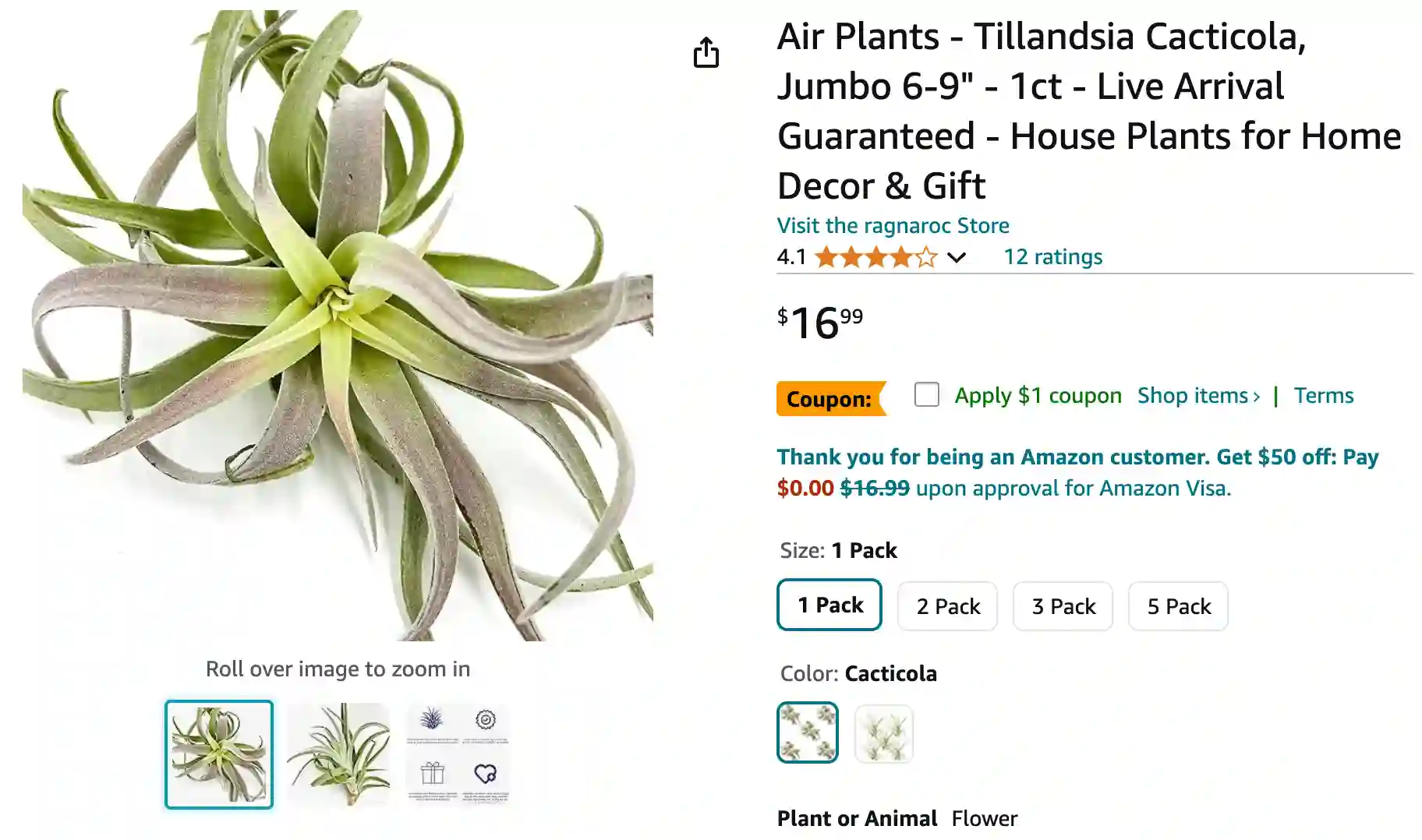
Tillandsia Cacticola: A Fuzzy Friend for Air Plant Enthusiasts
Hi everyone, Ferb Vu here! Today, we’re diving into the fascinating world of air plants, specifically the stunning Tillandsia Cacticola. This rare beauty has captured the hearts of many plant enthusiasts, and for good reason. Let’s unravel the secrets of its care and see if this fuzzy friend might be the perfect addition to your collection.
690 Species in Genus Tillandsia – Air Plants
What is Tillandsia Cacticola?
Tillandsia Cacticola is an air plant native to the high altitudes of northern Peru. This epiphyte, meaning it grows on other plants in the wild, boasts silvery trichomes (tiny hairs) that give it a fuzzy appearance. The name “Cacticola” translates to “cactus dweller,” reflecting its natural habitat clinging to cacti and rocks.
What Makes Tillandsia Cacticola Special?
Here are a few things that set Tillandsia Cacticola apart:
- Unique Appearance: The silvery sheen from the trichomes creates a mesmerizing look, especially when contrasted with bright light.
- Long-Lasting Blooms: Unlike many air plants, Tillandsia Cacticola produces a beautiful lavender-colored inflorescence (flowering stalk) that boasts delicate white flowers. This stunning display can last for weeks, adding a pop of color to your space.
- Adaptability: The trichomes also contribute to Tillandsia Cacticola’s resilience. They help the plant absorb moisture from the air and tolerate brighter light conditions compared to some other air plants.
Tillandsia Cacticola vs. Other Air Plants
While Tillandsia Cacticola shares some characteristics with other air plants, there are key differences to consider:
- Light: Tillandsia Cacticola thrives in brighter, indirect light due to its trichomes. Other air plants, like Tillandsia Ionantha, might prefer filtered light.
- Watering: While all air plants require soaking sessions, Tillandsia Cacticola’s trichomes allow it to hold onto moisture more efficiently. You might need to adjust your watering frequency compared to other air plants.
- Form: Tillandsia Cacticola has a caulescent growth habit, meaning it grows upwards along a central stem. This sets it apart from some air plants with a rosette form.
How to care for Tillandsia Cacticola?
Here’s how to keep your Tillandsia Cacticola happy and thriving:
- Light: Provide bright, indirect light for at least 4-6 hours daily. South-facing windows are ideal in the Northern Hemisphere, while North-facing windows work best in the Southern Hemisphere.
- Watering: Soak your Tillandsia Cacticola for 30 minutes to 1 hour once a week, allowing it to dry completely between soaks. You can adjust the frequency based on your climate and humidity levels. Signs of thirst include curling leaves.
- Air Circulation: Ensure good air circulation to prevent rot. Consider placing your Tillandsia Cacticola on a well-ventilated shelf or hanging it with air plant wire.
- Fertilizer: A light misting with a diluted air plant fertilizer once a month during the growing season (spring and summer) can be beneficial.
Additional Tips
- Rotate your Tillandsia Cacticola regularly to ensure even growth.
- Avoid placing it in areas with extreme temperatures or drafts.
- Repot (or mount) your Tillandsia Cacticola every 2-3 years as it outgrows its current spot. You can use driftwood, cork, or other well-draining materials.
Where to Find Tillandsia Cacticola?
Due to its rarity, Tillandsia Cacticola might not be readily available at your local garden center. However, you can find it online through specialized air plant retailers or at air plant shows and conventions.
Conclusion
Tillandsia Cacticola is a captivating air plant that offers a unique combination of beauty and resilience. With proper care, this fuzzy friend can bring a touch of the Andes to your home and add a captivating element to your air plant collection. So, are you ready to welcome Tillandsia Cacticola into your life?
If i die, water my plants!



